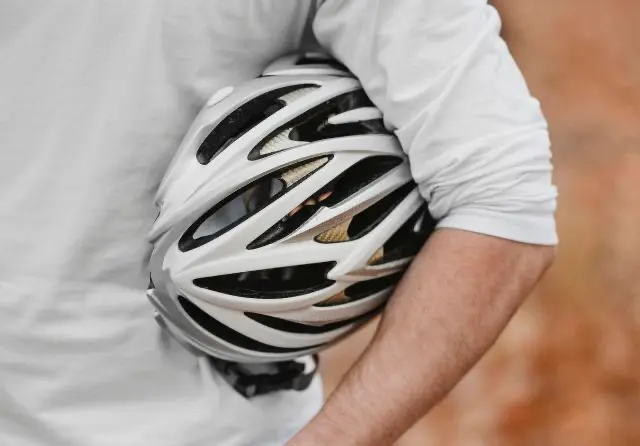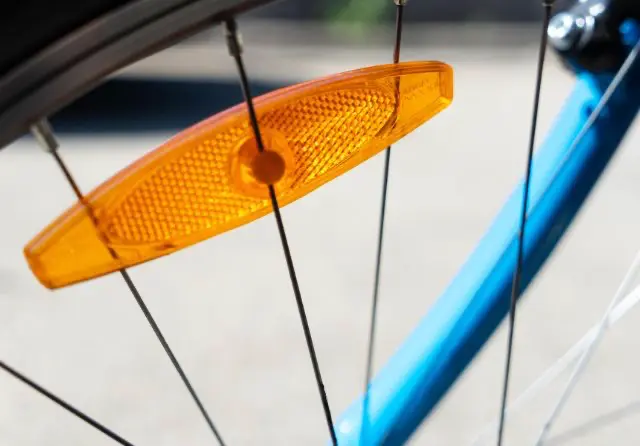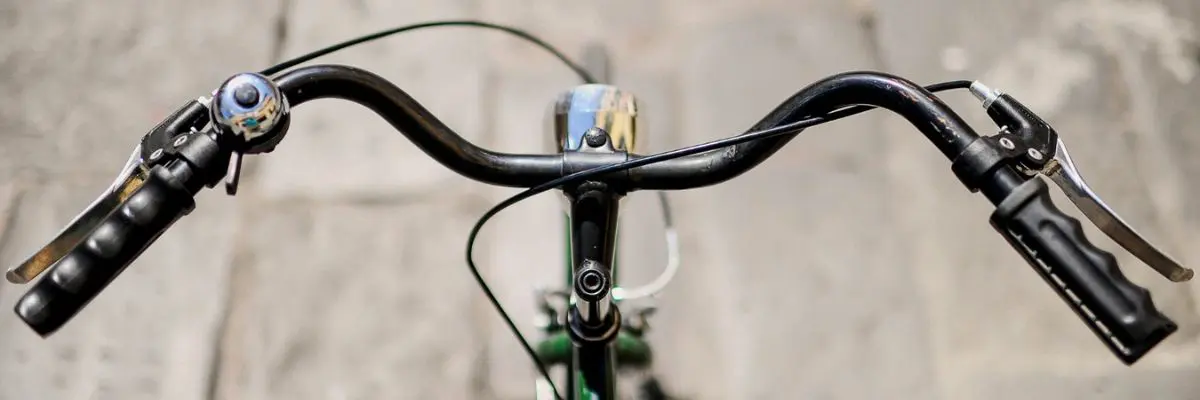Cycling is a fun activity and also allows us to move around, stay active and enjoy the great outdoors. In order to fully enjoy cycling, it's important to consider our safety - did you know that small oversights can lead to major injuries? The good news is that protecting yourself while cycling is neither complicated nor expensive; it's within everyone's reach!
A helmet, the right goggles or even simple gloves can be your best choice when it comes to cycling. In this article we tell you which are the essential protective elements to enjoy cycling safely and comfortably. Shall we get started?
Table of Contents
ToggleProtective gear for cycling
Cycling is an activity that combines fun, exercise and adventure, but doing it safely is essential. Having the right protective gear not only reduces the risk of injury in the event of a fall, but also allows you to enjoy the ride with greater peace of mind.
The basics include a helmet, goggles and gloves, each with a key role to play in your safety. In addition, appropriate clothing, lights and other accessories such as knee pads and reflectors complete a ‘safety kit’ designed for any type of ride.
Protective helmet
Imagine a piece of protection for cyclists that, without looking like much, can save your life in a second. That's the helmet. It's not an optional accessory or something that only the most experienced cyclists wear. It's protection you shouldn't be without when you're out on your bike, whether you're riding around the neighbourhood or taking on a mountain trail.

The important thing is not just to wear it, but to wear one that really does the job. The fit must be perfect, as if it were designed for you, and the quality of the materials must be adequate to protect you without being uncomfortable. A good helmet doesn't take away your freedom; it gives it to you. If you ever have any doubts about whether it's worth wearing, remember that a decision as simple as putting it on can change everything.
Eye protection
It may seem obvious, but your eyes are exposed to more factors on a bike than you might think. A speck of dust, an insect or the wind can cause discomfort and even put your safety at risk. That's why protective eyewear isn't a luxury; it's a necessary safety feature for cyclists.
Good glasses not only block particles in the air, but also filter out the sun's rays to prevent glare. And no, it's not about aesthetics or looking more professional. It's about taking care of your vision.
Choose comfortable glasses, with light-adapted lenses and a lightweight frame that you won't notice when wearing them. Seeing clearly is key to enjoying the ride and staying safe.
Cycling gloves
Again, it may seem like a minor detail, but a good pair of gloves can make all the difference when you're out cycling. Your hands not only support the weight of your body on the handlebars, they are also exposed to vibrations, rubbing and possible falls. Protecting them is not just about comfort, it's about safety.
Proper gloves reduce the impact of bumps and improve grip, even if your hands are sweaty or the handlebars are wet. They also offer an extra layer of protection against chafing or injury if you lean hard after a stumble.
Look for a model that fits well, neither too tight nor too loose, and is made of breathable materials. A small gesture like putting on a pair of gloves can make every ride more enjoyable.
Appropriate clothing
Your choice of cycling clothing should not only be a matter of style, but also plays a vital role in your comfort and safety. Cycling in unsuitable clothing can become a nuisance or, worse, expose you to unnecessary risks.
Opt for clothing that is lightweight, breathable and allows freedom of movement. On warm days, sweat-wicking fabrics will help keep you cool, while in colder climates it's best to opt for layers to protect you from wind and rain. Also, bright or reflective colours are a must if you're riding in traffic, especially in low light conditions.
Additional elements
Beyond helmets, goggles and gloves, there are other cycling safety items that can make all the difference. Knee and elbow pads, for example, are ideal if you're just starting out or if you prefer mountain routes where falls are more frequent. They offer extra protection from bumps and scrapes, without limiting your mobility. On the other hand, lights and reflectors are essential if you cycle at dusk or at night. They ensure you are visible to drivers and other cyclists, which is crucial in poorly lit areas.

Including these elements in your cycling routine is a simple way to increase your safety without hassle. Sometimes it's the little things that make the difference.
Equipment maintenance and personal preparation
Before you set off on your bike, it is important to take a few minutes to check that everything is in good working order. Check that the brakes are working properly, that the tyres have the right pressure and that the chain is clean and well lubricated. This small gesture can save you a lot of trouble along the way.
In addition to your bike, make sure you are well prepared yourself. Water is a must, especially on hot days or if you're planning a long ride. If you want to avoid overtiredness, you can include some light food such as fruit, nuts or energy bars to replenish your energy if you need it.
It's a good idea to carry a small tool kit, especially if you're riding in remote or unfamiliar areas. A puncture patch, a mini air pump and a multi-tool spanner can solve unforeseen problems that would otherwise complicate your ride.
If the sun is intense, protect your skin with sun cream and wear light clothing that allows you to perspire. On the other hand, if the weather is cold or rainy, a windbreaker or waterproof jacket can be very useful to keep you comfortable during the walk. Wearing the right clothes always makes a difference.
Finally, it never hurts to plan your route well before you set off. Knowing the terrain and estimated time will help you avoid surprises. Carrying a mobile phone with enough battery power and letting someone know your plan is a simple measure that can be very useful if you have any setbacks.
Having everything ready, both your bike and what you carry with you, will make the ride more enjoyable and safer. By paying attention to these details, you can enjoy the ride with confidence.
Taking care of your cycling safety doesn't mean making life difficult for yourself. With the right helmet, protective goggles, comfortable gloves and functional clothing, you can enjoy every ride with the peace of mind that you are well prepared. Adding extra items, such as lights or a tool kit, and planning your route well are details you shouldn't skip.
If you are in Gran Canaria and you want to enjoy cycling without worrying about equipment or maintenance, Scooter and Bike's bike rental service in Gran Canaria is just what you need. We have bicycles in perfect condition and ready to use, so you can enjoy the incredible routes that the island has to offer, discover Gran Canaria by bike!




